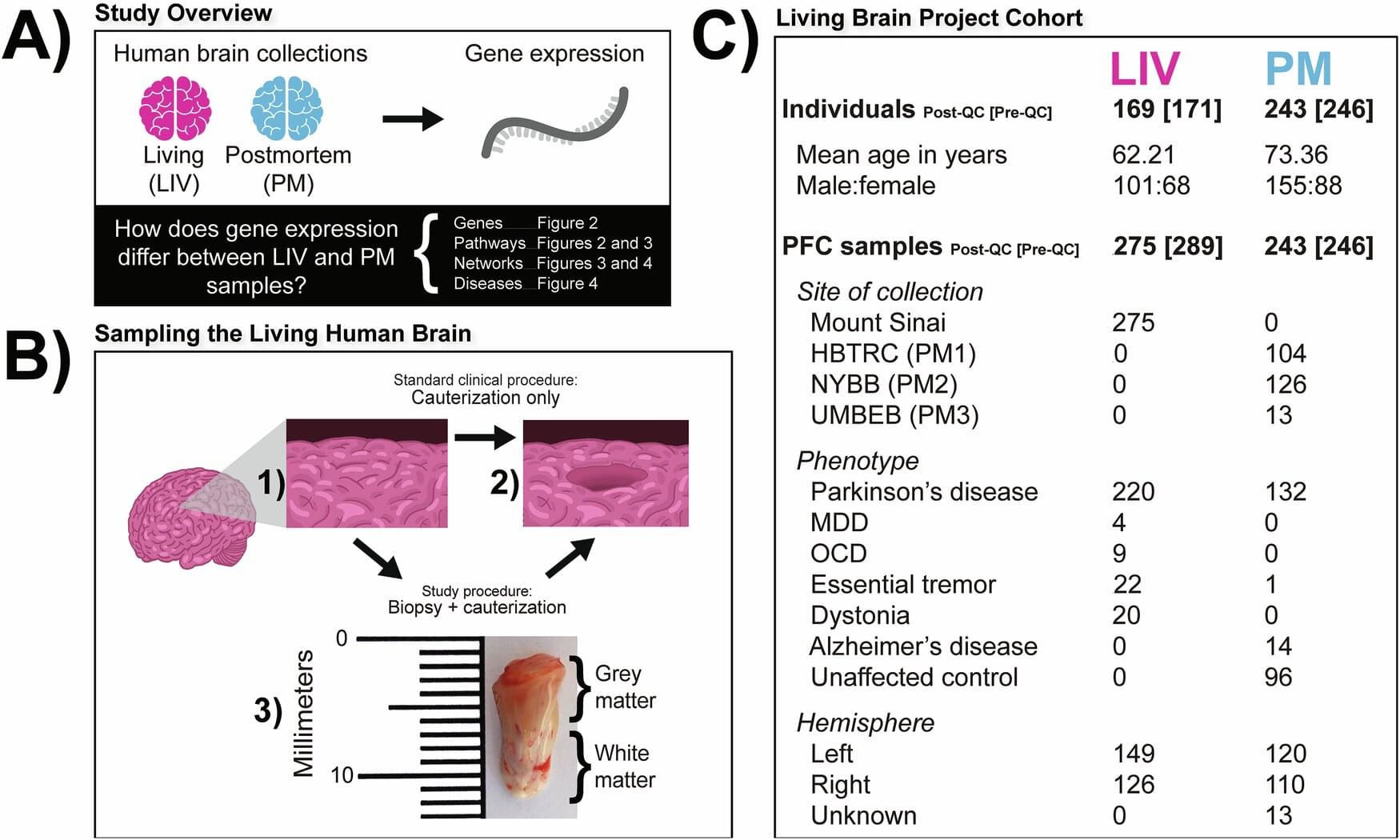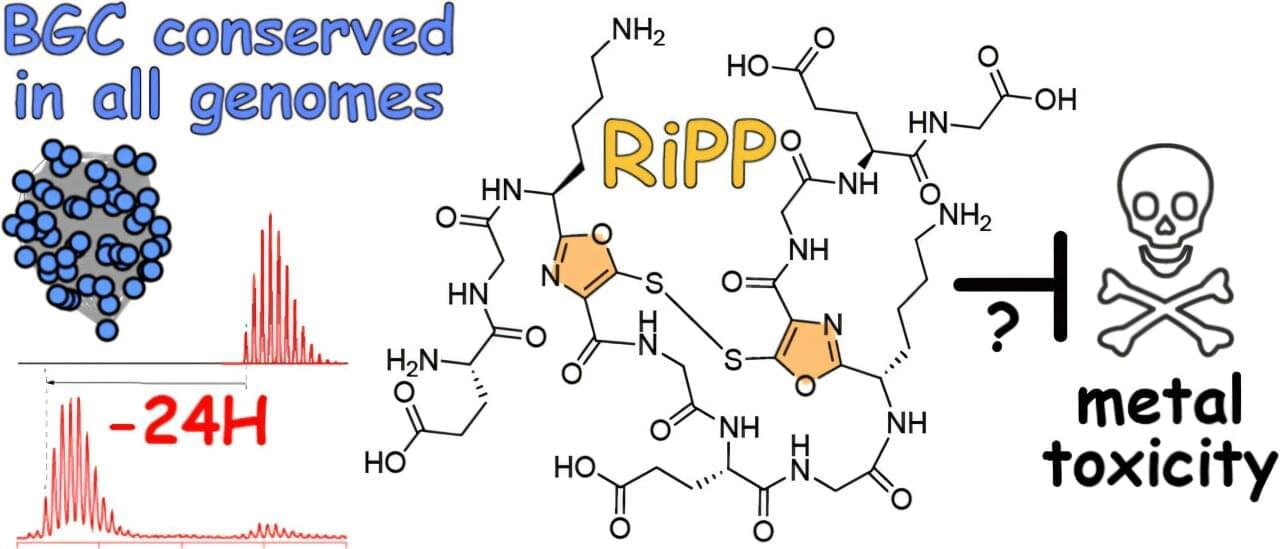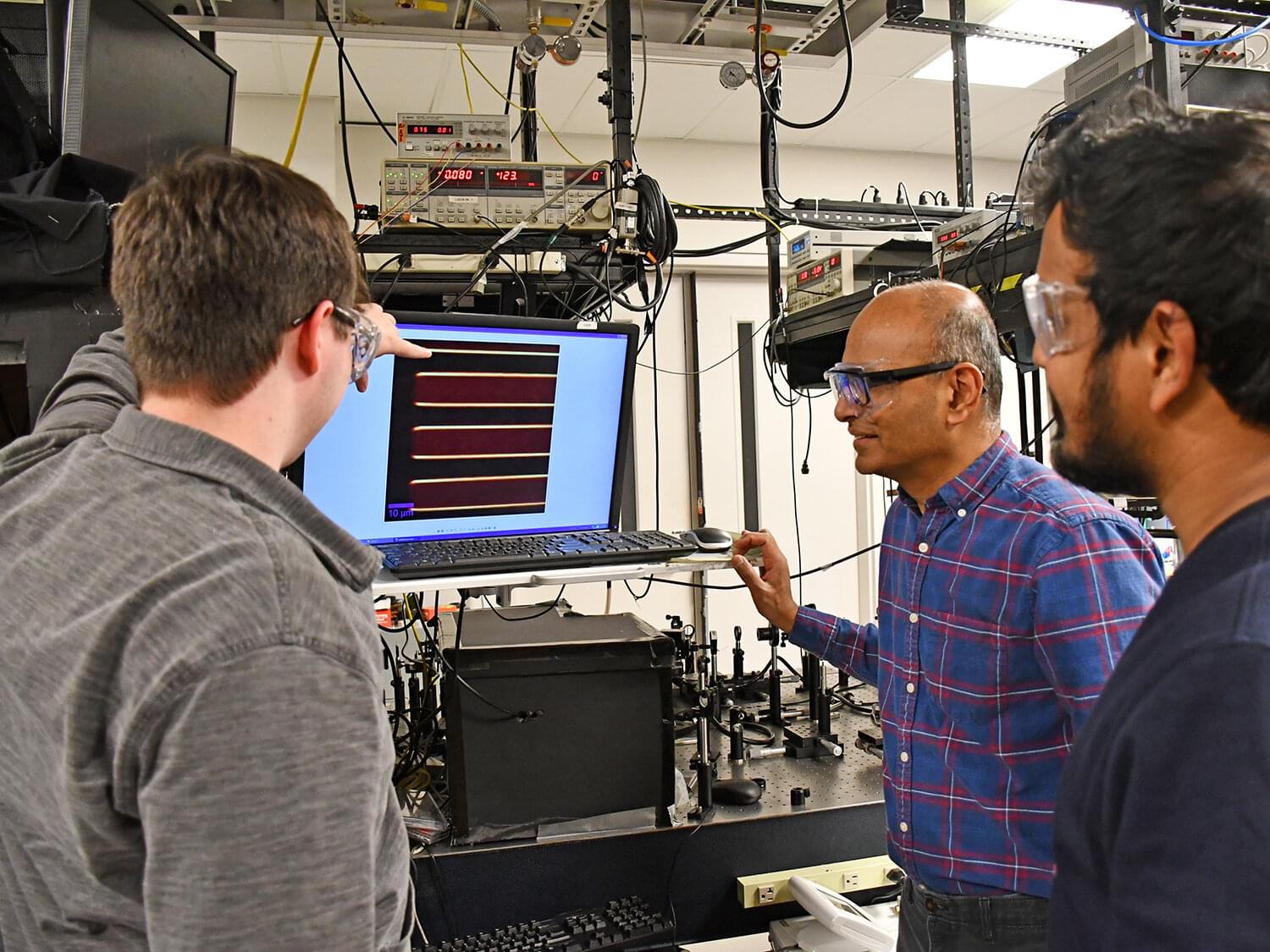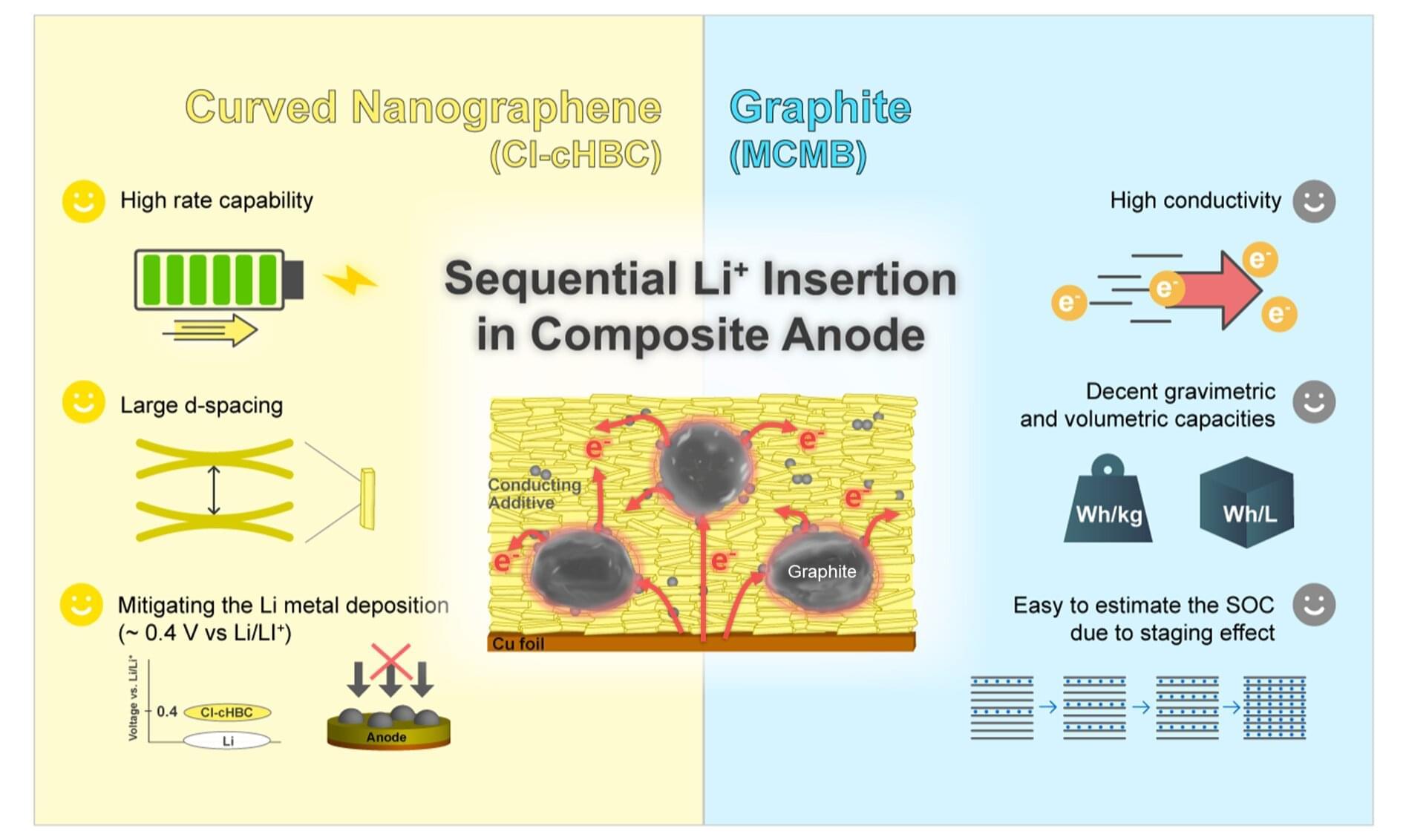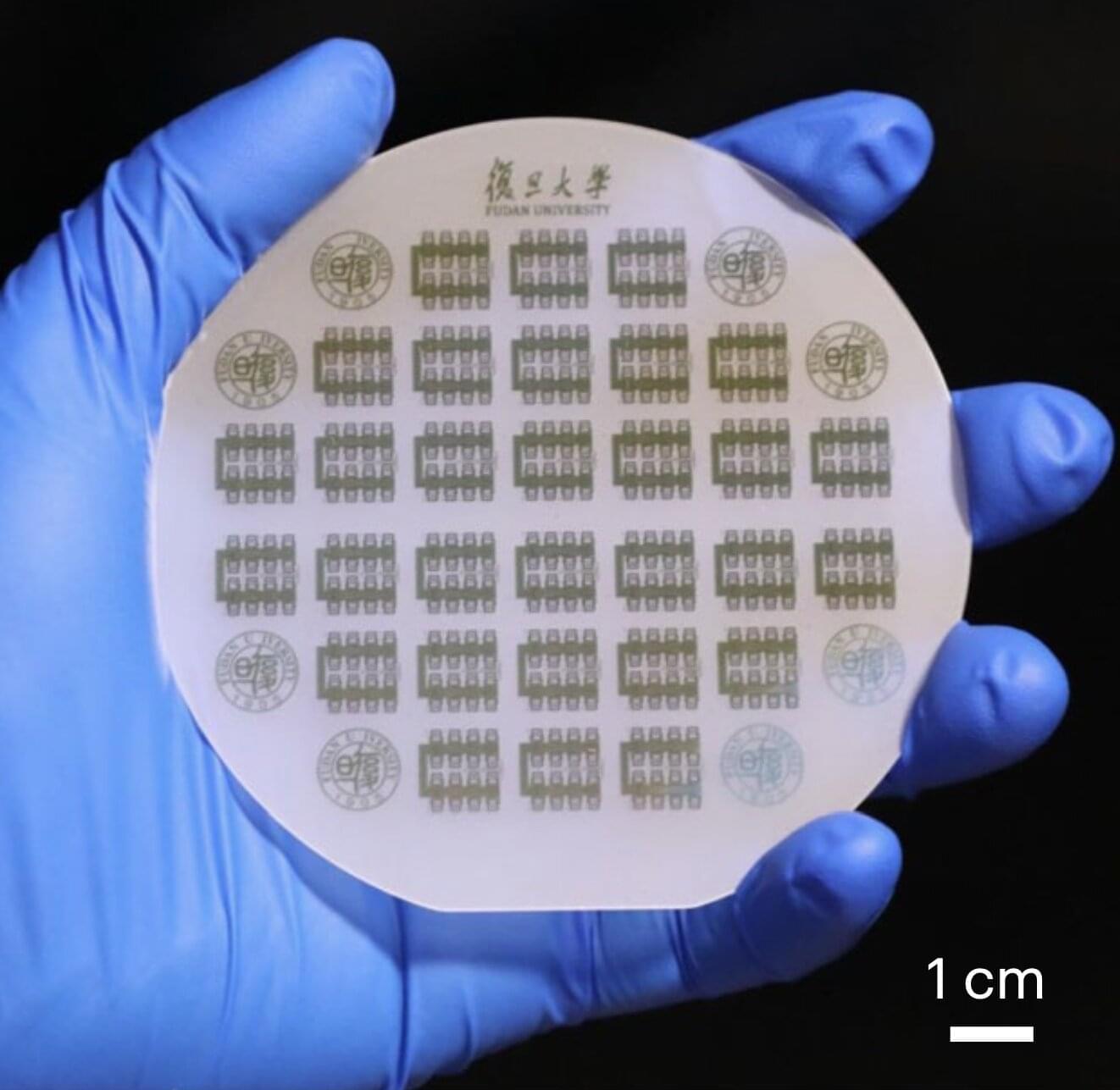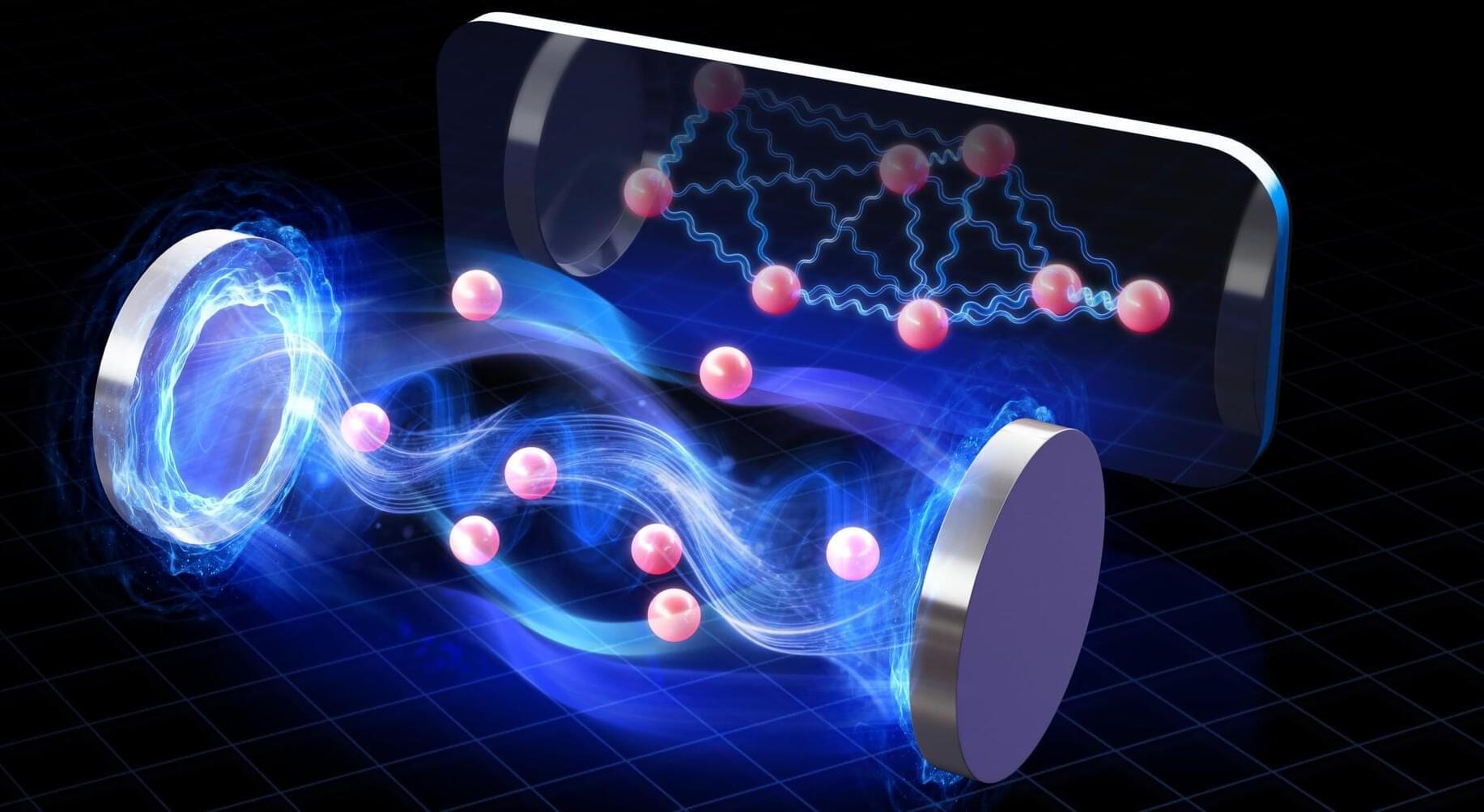Two new research papers from the Living Brain Project at Mount Sinai present what is, by several metrics, the largest investigation ever performed of the biology of the living human brain. The papers present unequivocal evidence that brain tissue from living people has a distinct molecular character, an observation that until now was missed because brain tissue from living people is rarely studied.
The findings, which were recently published in Molecular Psychiatry and PLOS ONE, call for a re-evaluation of how scientists study the human brain.
Postmortem brain samples—tissue samples obtained from individuals who donate their brain to science after death—are currently the standard tissue source used by scientists to study how our brains work at the deepest level.
